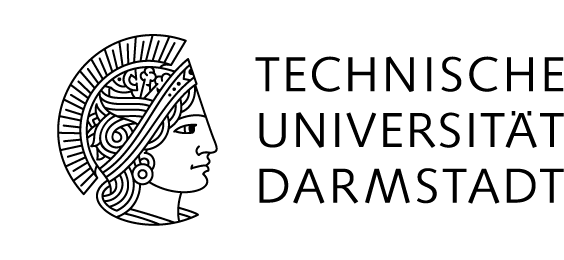Research Objective

The concept of the PP ranges from a fundamental exploration of involved elementary processes of catalytic H2O splitting by dark and photoreactions to a knowledge based evaluation and implementation of engineering strategies for technological solutions. The challenge is to couple semiconductors for efficient light absorption and separation with metallic, solid or biomimetic catalysts for the H2 and O2 evolution reaction from H2O. Within this concept the different individual projects of the PP are to produce synergies by merging their different and complimentary expertise and approaches in collaborative efforts. The coordinator project provides the coordinative and integrative tools to accomplish this duty.
In the second funding period three different but related project areas have been defined that must be studied in close relation to each other to reach the needed and essential synergy effects in the priority program.

In first funding period priority was on development and analysis of defined model systems for understanding of (photo)electrochemical reactions at interfaces. Optimized semiconductor systems allow high quantum efficiencies (close to 100%) in the light-induced electron-hole pair separation.
However, neither the contact generation nor the resulting charge carrier dynamics at semiconductor/metal/electrolyte interfaces with catalytic coatings (porous metal layers up to metal particles in the nanometer region), have been well understood yet.
Same applies for the following electrochemical multi electron transfer reactions.
The model systems in the different areas should be selected in a way, that in their complementarity they allow the analysis of single elementary steps. From combination of the insights the basic understanding of the system as total may be lifted to a new level.
In second funding period the central research topic is to identify the material scientific preconditions for technologically promising systems as basis for the subsequent necessary technological optimization.
On the one hand, part systems that can be of importance for a technical implementation shall be developed and characterized. Furthermore, the components shall be composed to demonstrators and be analyzed in regard of their coaction. For both fields the important material scientific parameters on atomic/molecular level which lead to technologically usable macroscopic data cluster/characteristic must be identified.
Another issue is the development or advancement of experimental methods for the focused analysis of (photo)electrochemical phenomena in model and real systems. The used experimental methods shall deliver preferably extensive information about the involved elementary processes in the examined (photo)electrochemical systems.
This can be achieved by combination of electrochemical with spectroscopic or microscopic methods. An extension towards timely independent measurements of charge carrier dynamics combined with efficiency analyses is to be sought.
An important research goal is the development of theoretical models to provide an understanding of the basic principles of electrochemical phenomena in photocatalytic systems on different time and length scales.
By developing and coupling of appropriate methods in multi-scale approaches the complex step from model to real system shall be approached.
Thereby, compared to the experimental analyses reliable statements shall be made possible about the working principles of photosynthetic and catalytic systems.
From these results knowledge based optimization strategies shall be affiliated.
The theoretical simulations shall contribute to close the gap between idealized model systems and the complex composite materials. In same way, they shall help to close the gap between classical surface and interface physics in the UHV and the interface processes in electrochemistry.

